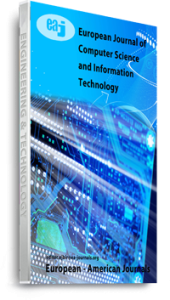Among the fastest-growing areas of study today is the translation of sign language, which is the most natural form of communication for those with hearing loss. Deaf individuals may be able to communicate with hearing people directly, without an intermediary, with the use of a hand gesture recognition device. The method was developed to facilitate the automatic translation of American Sign Language into text and sound. The suggested system uses a large data collection to interpret individual words and phrases in traditional American Sign Language, alleviating any fears that the user may have about using a virtual camera. Deaf and mute persons must rely on Sign Language as their only method of communication. However, a large portion of the general public is illiterate in sign language. Therefore, those who sign have a more difficult time communicating with those who don’t without the help of an interpreter. The proposed technique employs data collected by Fifth Dimension Technologies (5DT) gloves to try to interpret hand movements as spoken language. The data has been classified into text words using a variety of machine learning techniques, including neural networks, decision tree classifiers, and k-nearest neighbors.
Citation: Alghamdi D.N. (2022) An Investigation of Translation of Text Language to Sign Language Using Machine Learning, European Journal of Computer Science and Information Technology, Vol.10, No.5, pp.41-52
Keywords: Sign Language, Translator, classify, machine learning, text language, translation

